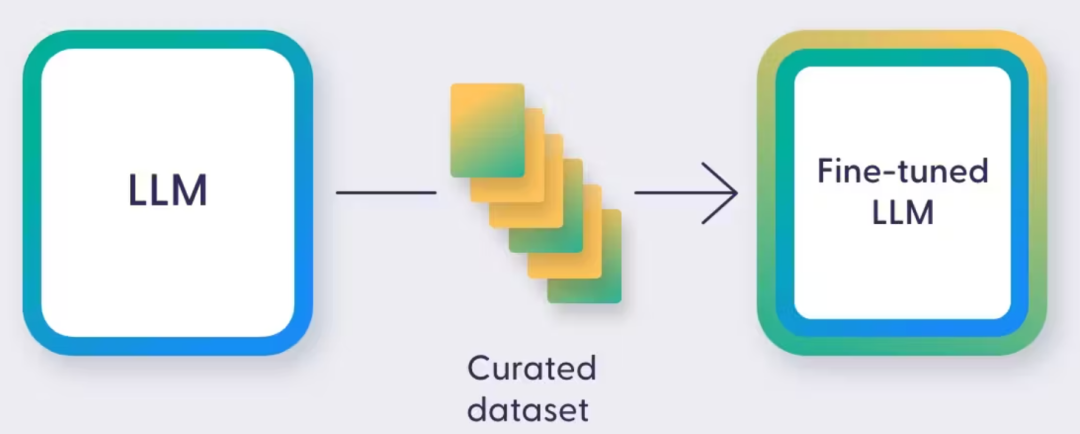One of the notable trends for enterprises in the post-pandemic landscape is the adoption of Artificial Intelligence (AI). Given the recent challenges of supply chain disruptions and labor shortages, it’s clear that businesses must become smarter and more resilient to adapt to these changes.
How can enterprises navigate and embrace their AI journey? We offer a systematic approach to address this question.
Define AI Roadmap

Firstly, we assist organizations in identifying areas where AI can add value by conducting a thorough assessment of their business processes and capabilities. This will enable companies to:
- Gain a clear understanding of their strategic requirements.
- Develop models of the future state, illustrating how the enterprise should function from various perspectives to support its business strategy.
- Establish the requirements, principles, standards, and guidelines that will guide the implementation of AI initiatives.
- Document any gaps and outline potential AI solution needs.
Understanding a company's business capabilities through a structured lens is essential. Key components—such as operational processes, the talent resource pool within the organization, and the data in information systems—must all support AI transformation.
Next, companies should invest in the right tools and technologies, including AI software and data analytics platforms, while ensuring their employees are effectively trained to utilize these resources.
Additionally, having a robust data strategy is crucial, as AI heavily relies on high-quality data for accurate decision-making.
Finally, it’s vital for enterprises to have a clear vision and plan for integrating AI into their operations and processes. This includes setting realistic goals and expectations, monitoring and evaluating AI's impact, and continuously adapting and refining its implementation within the organization. Together, these elements create the company’s AI roadmap.
Generative AI Adoption
Generative AI represents a groundbreaking advancement in artificial intelligence. Cut through the clutter and access practical, impactful Generative AI solutions tailored specifically to your industry and business needs.
Whether you aim to enhance customer engagement with personalized content across numerous touchpoints, accelerate product development at scale using innovative design concepts, or optimize your marketing strategies with AI-generated ads and creative content, our Generative AI services are here to assist you.
Generative AI is built on foundation models, which can be trained on extensive sets of unlabeled data through unsupervised learning. This allows them to be applicable to a diverse array of tasks with minimal fine-tuning. These models serve as the backbone for various AI applications, facilitating quicker AI adoption in businesses while reducing the time required for data labeling and model programming.
LLM Fine-tune
The pre-trained language models have been a game changer in natural language processing (NLP) and have made it possible to achieve state-of-the-art results on a variety of language tasks with limited resources. It has already been trained on a large amount of data and can be used for various natural language processing tasks. However, the pre-trained models may not always perform optimally on specific tasks or domains, which is where fine-tuning come into play.

Fine-tuning is often necessary because pre-trained models are trained on general language understanding, and the fine-tuning process adapts the model to a specific task or domain.
A example like medical chatbot.

The goal of this chatbot is to analyze symptoms described by doctors and provide potential diagnoses or recommendations for further tests or specialist consultations.
However, for building an effective medical chatbot, an LLM requires fine-tuning to ensure its accuracy and safety in a highly critical domain like healthcare.
Hence the fine-tuning needs to involves more knowledges and skills on:
- Domain-specific Knowledge: The medical field has its own unique terminology and language conventions. To fully grasp the intricate medical jargon required for precise diagnosis, fine-tuning is a must.
- Contextual understanding: Fine-tuning the LLM with patient records and relevant medical literature helps it contextualize the symptoms and make more informed predictions.
- Safety and ethics: Fine-tuning enables the chatbot to be more cautious about providing diagnoses and recommendations
- Bias reduction: Fine-tuning the LLM on a diverse and representative medical dataset helps mitigate biases and promotes fair and equitable healthcare recommendations.
Fine-tuning involves adjusting various hyperparameters, such as learning rate, batch size, and number of training epochs, to optimize the model’s performance on the specific task. The overall fine-tuning process work as below diagram:

LLM Private Deployment
Deploy your own LLM or foundation models as opposed to using an existing one can provide several commercial and business benefits to the enterprise:
- It allows you to have complete control and ownership over the model, ensuring that it is tailored to your specific needs and goals. This can lead to better performance and results for your organization.
- It can save time and resources as you won't have to rely on pre-trained models and can fine-tune the model for your specific use cases.
- It also means that you can continuously train and improve the model as your organization's needs and data change over time. This can lead to more accurate and effective results, making your organization more efficient and productive.
- Additionally, your inhouse model can enhance data privacy as sensitive information does not have to be shared with third-party models.
Our generative AI adoption services empower enterprises to leverage open-source base model like Llamas DeepSeek and Qwen, fine-tune tailored to their specific use cases. Feel free to reach out to us for more information.